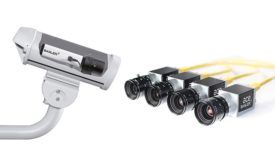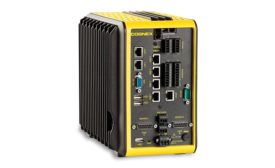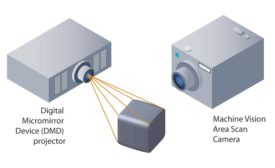Vision & Sensors
INDUSTRY HEADLINE
A3 Announces Finalists in Automate Launch Pad Startup Competition
March 8, 2017
Emerging Trends in 3D Imaging Applications
3D imaging is here and growing fast.
March 1, 2017
Different Machine Vision Network Interface Options
Choosing the right network interface is an important part of developing successful machine vision applications.
March 1, 2017
Capturing the Third Dimension for Machine Vision
New technologies now in development may help make 3D more accessible for a larger number of manufacturers.
March 1, 2017
V&S HEADLINE
Princeton Infrared Technologies Announces New Director of Sales and Marketing, Bob Struthers
February 27, 2017
V&S HEADLINE
2016 Breaks Records for North American Robot Orders and Shipments
February 13, 2017
Stay in the know with Quality’s comprehensive coverage of
the manufacturing and metrology industries.
eNewsletter | Website | eMagazine
JOIN TODAY!Copyright ©2025. All Rights Reserved BNP Media.
Design, CMS, Hosting & Web Development :: ePublishing




